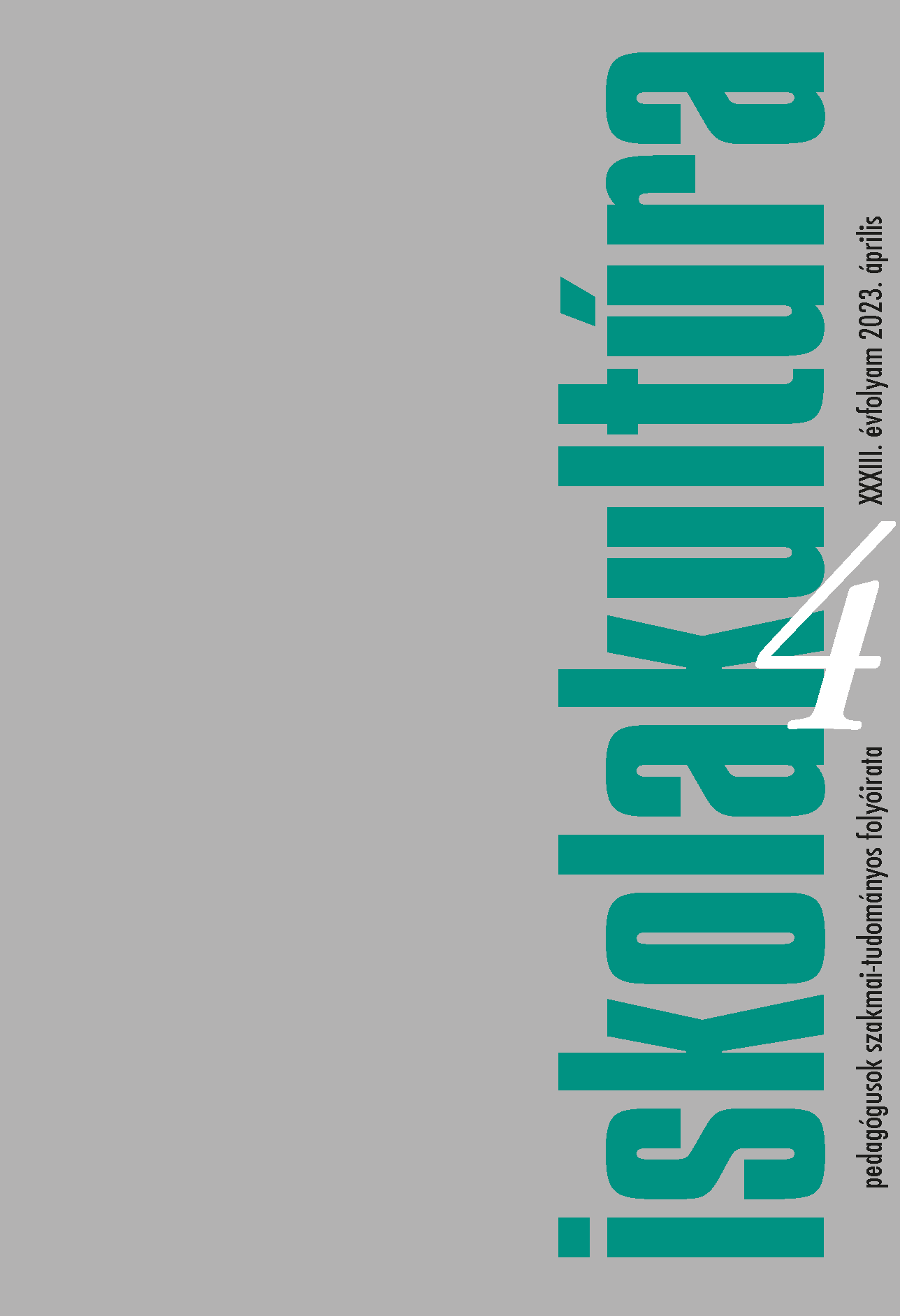Drop-out risk and the ratio of being unsuccessful in high schools Comparison of sectors in disadvantaged counties
Main Article Content
Abstract
The high drop-out rate of vocational school has been confirmed by numerous domestic studies. It can also be stated that in the indicators of performance according to the previous school maintainer, the advantage of church institutions can typically be demonstrated in the family background of the parents, in student achievements and in lower drop-out rates. In our research, we examine the differences according to the school maintainer in the types of secondary education programs in disadvantaged counties. In the analysis, we used the data available from the Central Information System’s Dropout Risk Indicator Module (KIR2ESL) from the end of the 2016/2017 academic year until the Vocational Training Act entered into force (2019/2020). The main question of our research was how the proportion of repeaters of the year among students at risk of dropping out develops according to school maintainer in each type of training. Our goal was to compare church and state-run institutions in terms of the failure to reduce the risk of school leaving. The clearly results show, in terms of national data, regarding general secondary education, the superiority of church grammar schools, both in the number of students and in the lower number of students at risk. This result is consistent with the trends of the disadvantaged counties examined, however, in the case of the types of vocational training programmes, students prefer state institutions. Based on our failure rate, state-run institutions were more successful in catching up with students at risk of dropping out than church institutions for all types of programs in disadvantaged counties.

